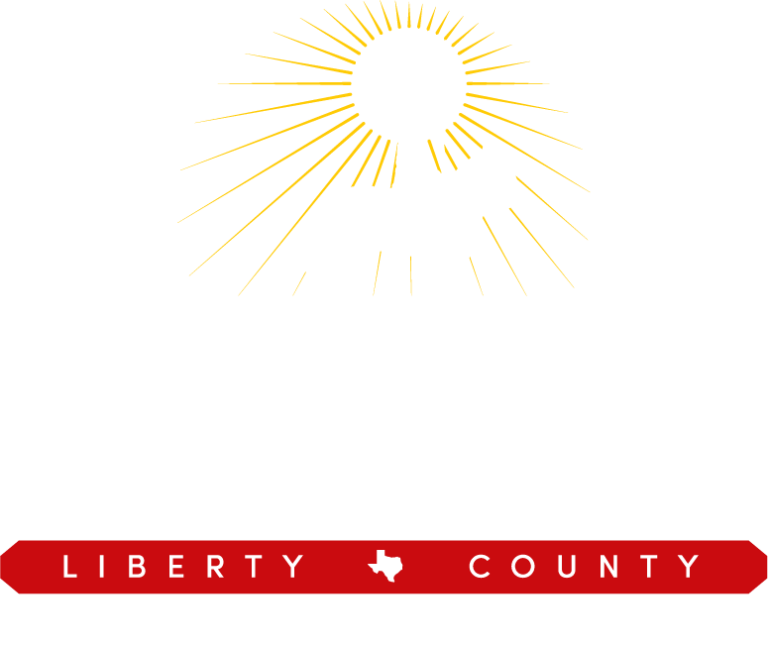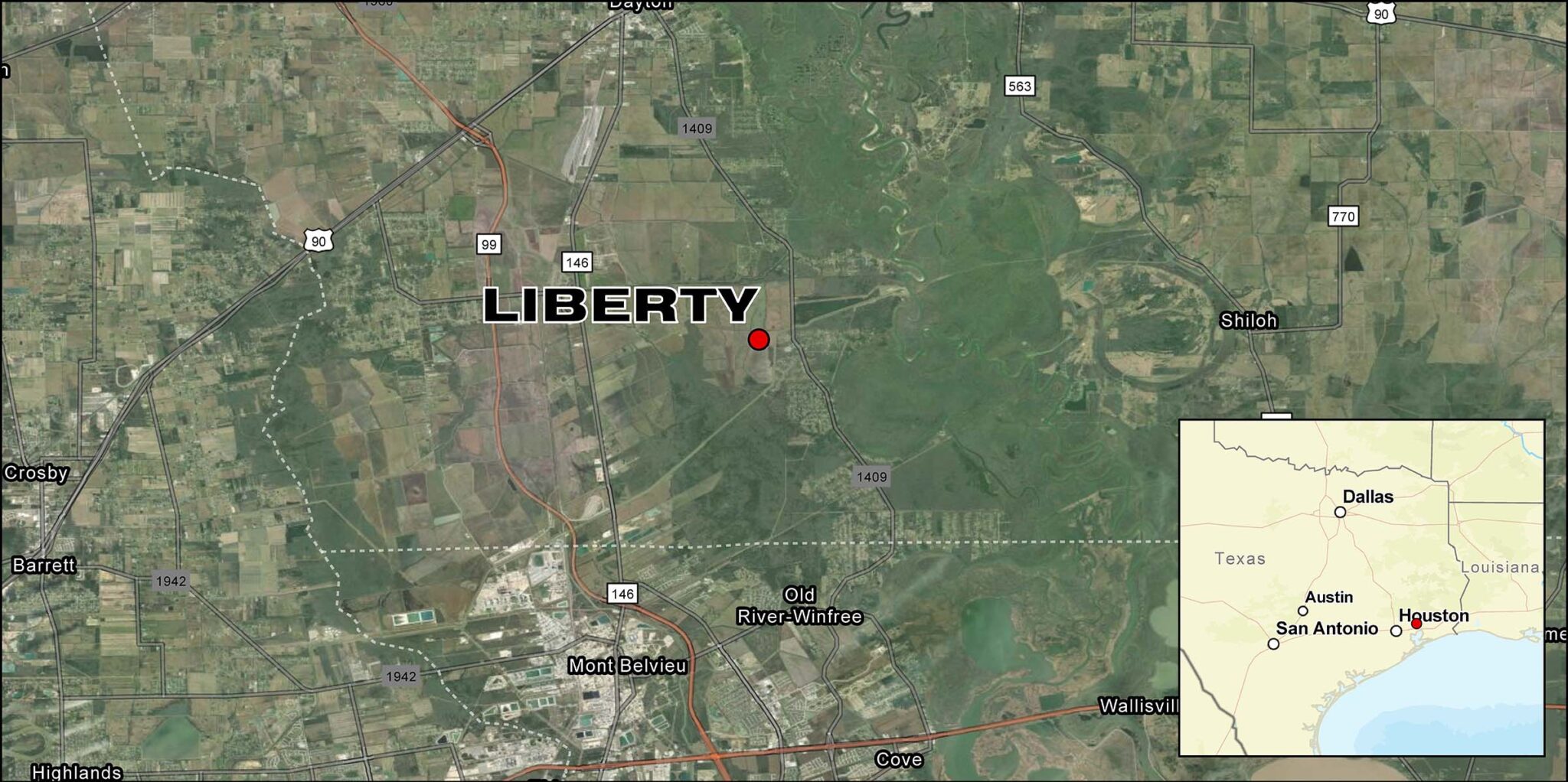When sited and developed properly, the installation of a solar facility will have minimal impacts on wildlife in the area. In fact, studies show that solar facilities can provide shelter for species, promote land stability, preserve habitat, and support biodiversity.
Natural resource assessments have been conducted on the Liberty County Solar Project site to determine presence, if any, of federally or state listed species and critical habitat. The assessments concluded that the project will not have a potential effect upon protected wildlife species with potential to occur in the Project Area.
As an additional measure aimed at protecting Liberty County wildlife, the project is implementing measures such as a pre-construction Avian Survey and a Workers Environmental Awareness Plan (WEAP) during construction to avoid and minimize impacts to birds. .
The project will include the planting of a site-specific native seed mix containing a wide variety of native grasses common to the region. By incorporating native plant species throughout the project area, it is expected that the project will contribute to soil health and fertility, wildlife habitat, and forage areas.


